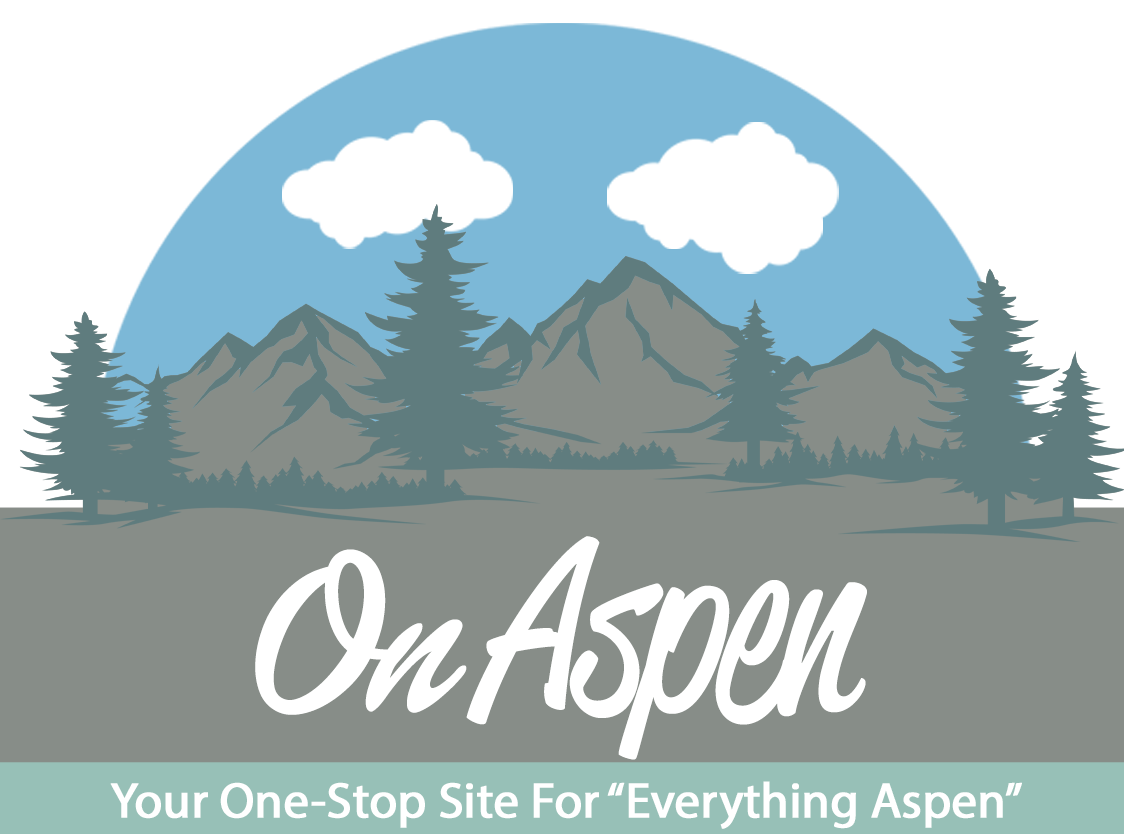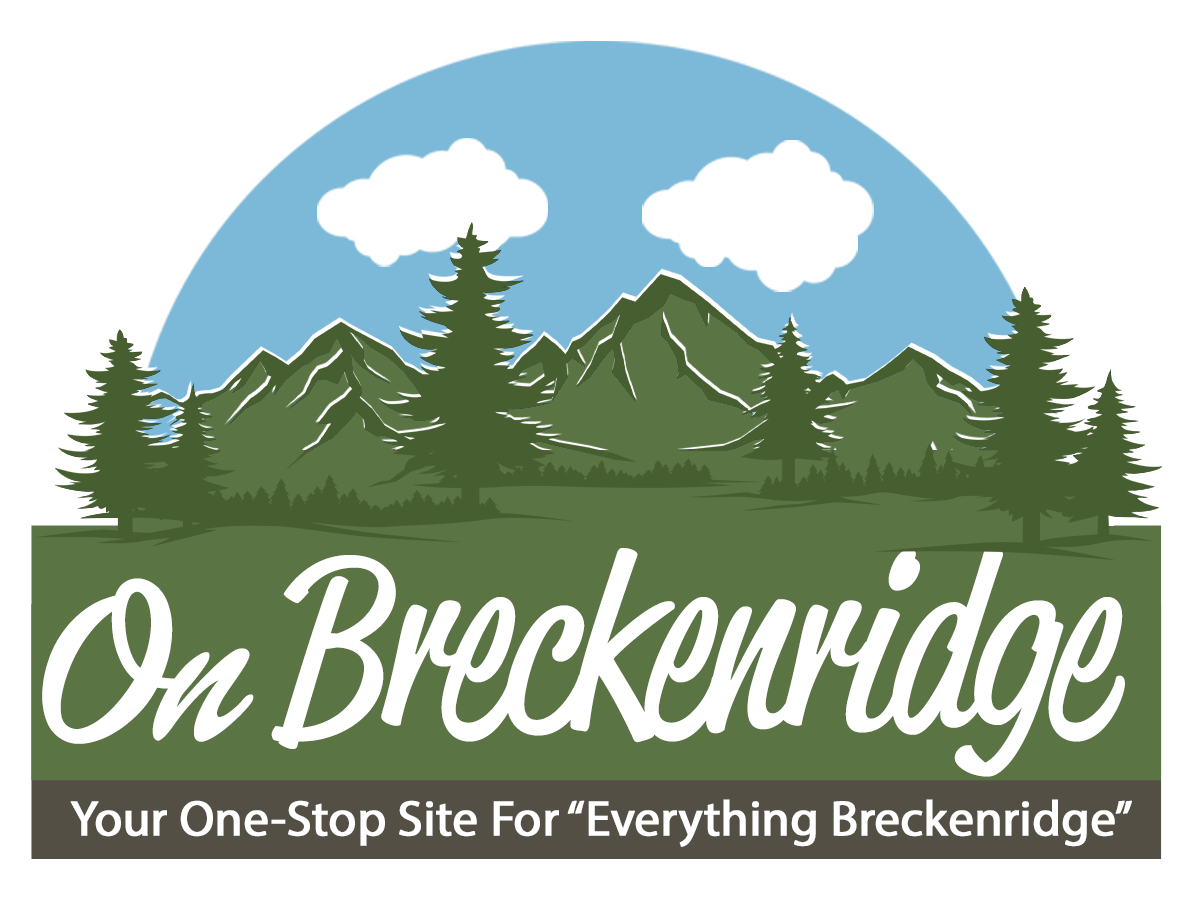Everybody Handles Distress Differently
On Monday evening, a massive fire broke out at the Notre Dame Cathedral in Paris. With about 13 million visitors each year, the cathedral is the city’s most visited monument, and has been part of Paris for more than 800 years. Many across the globe are expressing shock and distress about the burning of such an iconic Gothic structure that housed religious artifacts and works of art, some of which are lost, some moved just in time.
When tragedy strikes, some of us never recover from it. The way we cope with these situations differ greatly. Some people immediately fall into a deep depression, some only start to grieve months after the tragedy happened, and others never manage to recover from the psychological effects they endure.
Dr. George Bonanno, a professor of clinical psychology at Columbia University, studies resilience as it relates to loss and trauma. He identified four types of grief responses to traumatic experiences.
- Chronic crisis management is characterized by permanent psychological or emotional damage resulting from a tragic event. This group shows substantial stress even two years after experiencing a tragedy.
- The healed group seemed to have had recovered from their initial symptoms that were caused by the traumatic experience within two years.
- The delayed group didn’t experience any significant symptoms at first. After some time, however, certain symptoms started to occur. The time span between the event and first experiencing symptoms ranges from a few days up to several months.
- The resilient group. Psychologists use the term ‘resilience’ here to express an individual’s tools to cope with catastrophe. This group only suffers from minor symptoms or even no symptoms at all after witnessing a horrific event.
The key factor in determining how a person will respond is the amygdala. The amygdala is responsible for our assessment of our surroundings and puts the body in alarm mode if any dangers are found. It can also be oversensitive and detect danger in harmless surroundings and ring the alarm even if there is no danger around. People with a highly sensitive amygdala are therefore at higher risk to suffer from severe symptoms after a traumatic event.
Social relationships seem to be the key to our response to those experiencing trauma. People who have an active social life filled with family, friends, and colleagues generally suffer less from traumatic events. On the other hand, people who don’t have many social ties are prone to feeling lonelier and perceive their environment as hostile.
If you are coping with a devastating situation, don’t be afraid to reach out to your social circle for support. If you have a friend who is struggling with the shock and distress of a tragic event, here’s how you can help:
- Don’t wait for your friend to reach out to you. Sometimes a brief check in call, a text, or stopping in for a cup of coffee are much appreciated.
- Listen and be available to listen. Offer your friend the gift of your undivided attention. Allow the person to share their story if they want to instead of holding it all inside.
- Be there after the initial grieving period. Your life will move on, but your friend may still be grieving. With fewer people around them, that is the perfect time to call or visit.








